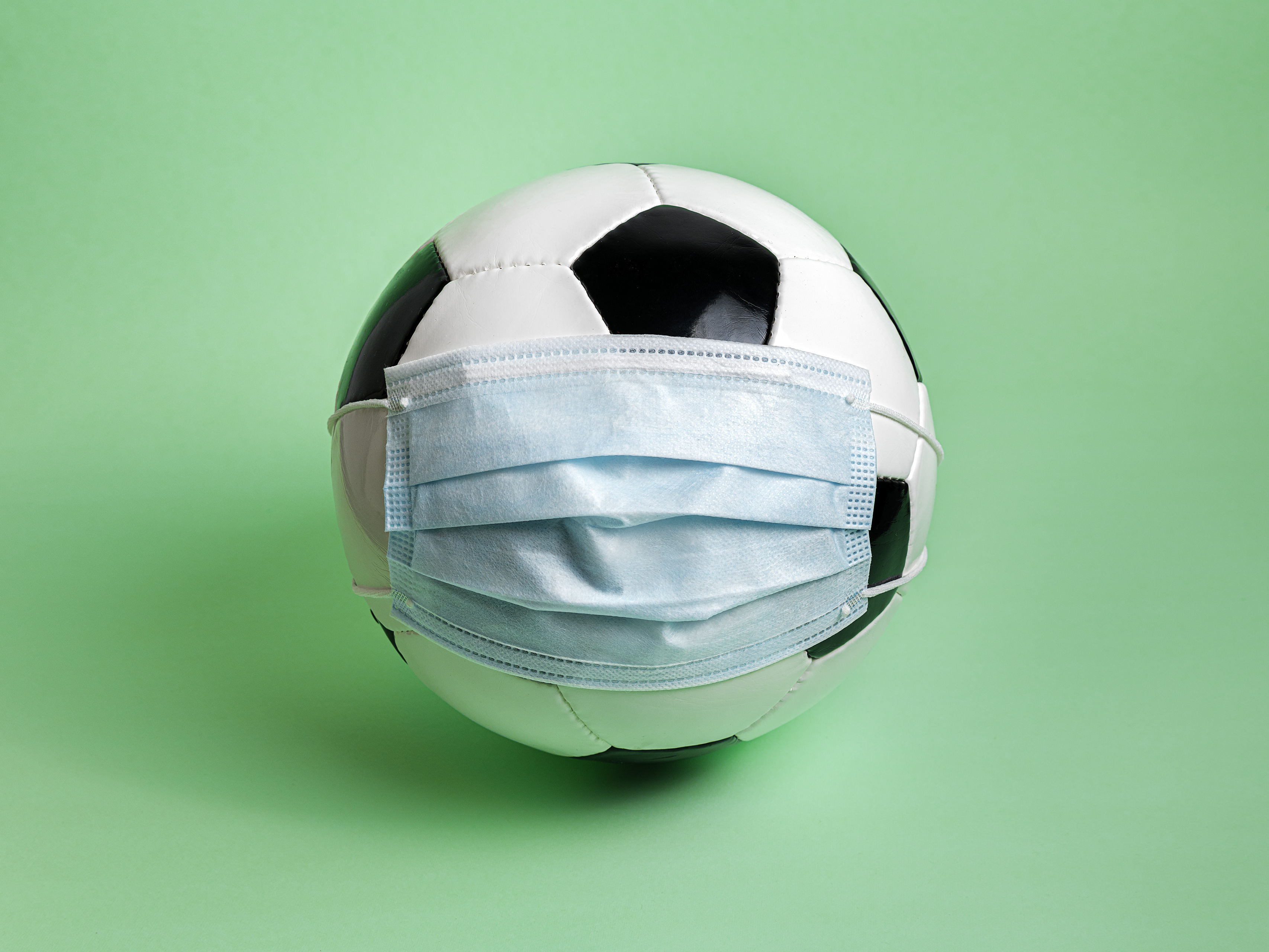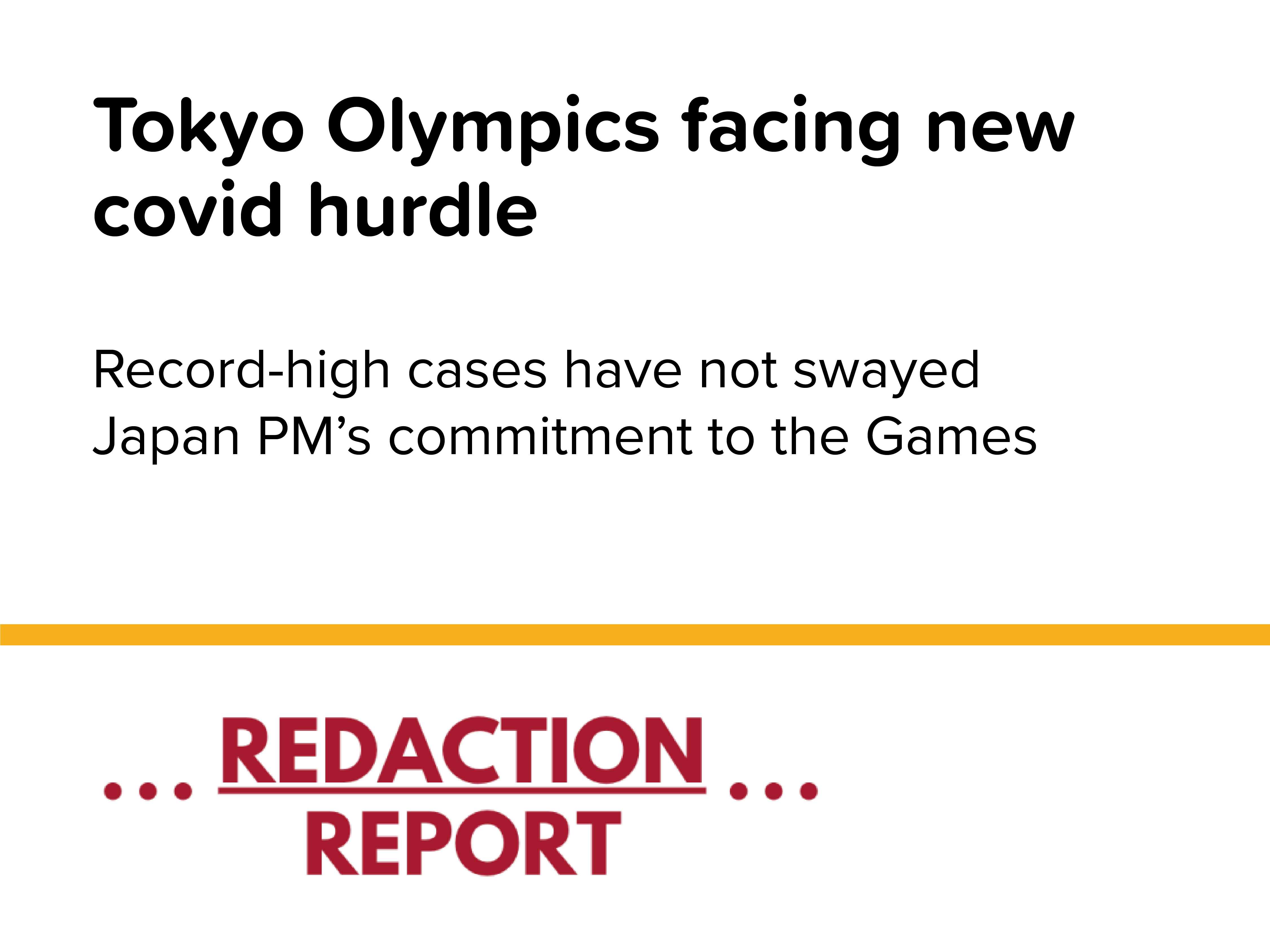Japan’s largest energy providers have pocketed over ¥2.4trillion ($17.4bn) through increased costs passed on to the consumer. Established in 2012, the Feed in Tariff (FIT) looks set to continue for another year.
The additional line in the utility bill is designed to subsidise energy providers that specialise and invest in renewable energy. Through guaranteeing the profits of solar, tidal and wind projects, companies are encouraged to steer clear of gas, coal and nuclear.
Utilities are required to buy electricity produced through green methods at an inflated rate that is guaranteed for the next decade. Germany and other western countries have adopted a similar system but Japanese rates are twice those of any found in Europe.
In September last year Nagasaki prefecture was the first in Japan to declare a climate emergency. Residents have vehemently been snapping up consumer solar panels to produce their own electricity to feed into the grid.
Due to persistent sunshine and an electricity grid that is unsupported by the mainland, residents are forced to shut down their solar panels at the hottest part of the day – they are simply producing too much power for the grid.
In the UK it is estimated that green tariffs account for 8% of household utility bills. FiT have funded a surge in renewable energy in the UK, over 40% in 2019 – a figure boosted by a large off-shore wind farm in Yorkshire.
Japan’s is less than 19%. It is a nation that placed considerable emphasis on nuclear energy up until the Fukushima Daiichi disaster in 2011. The FiT was meant to combat this by injecting a huge boost to green projects that have proved expensive and ineffective.









